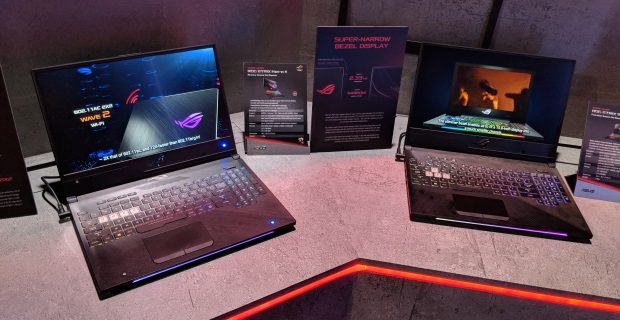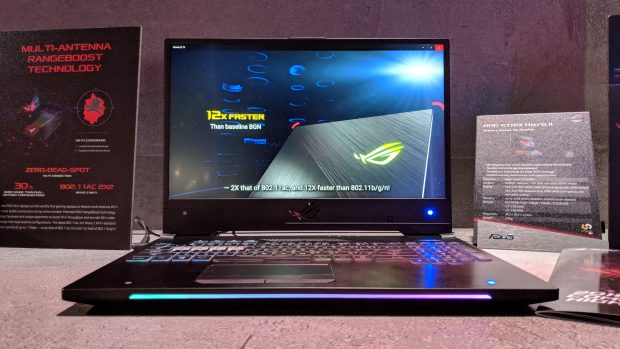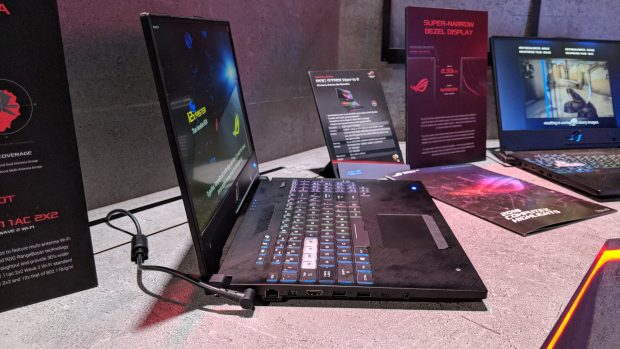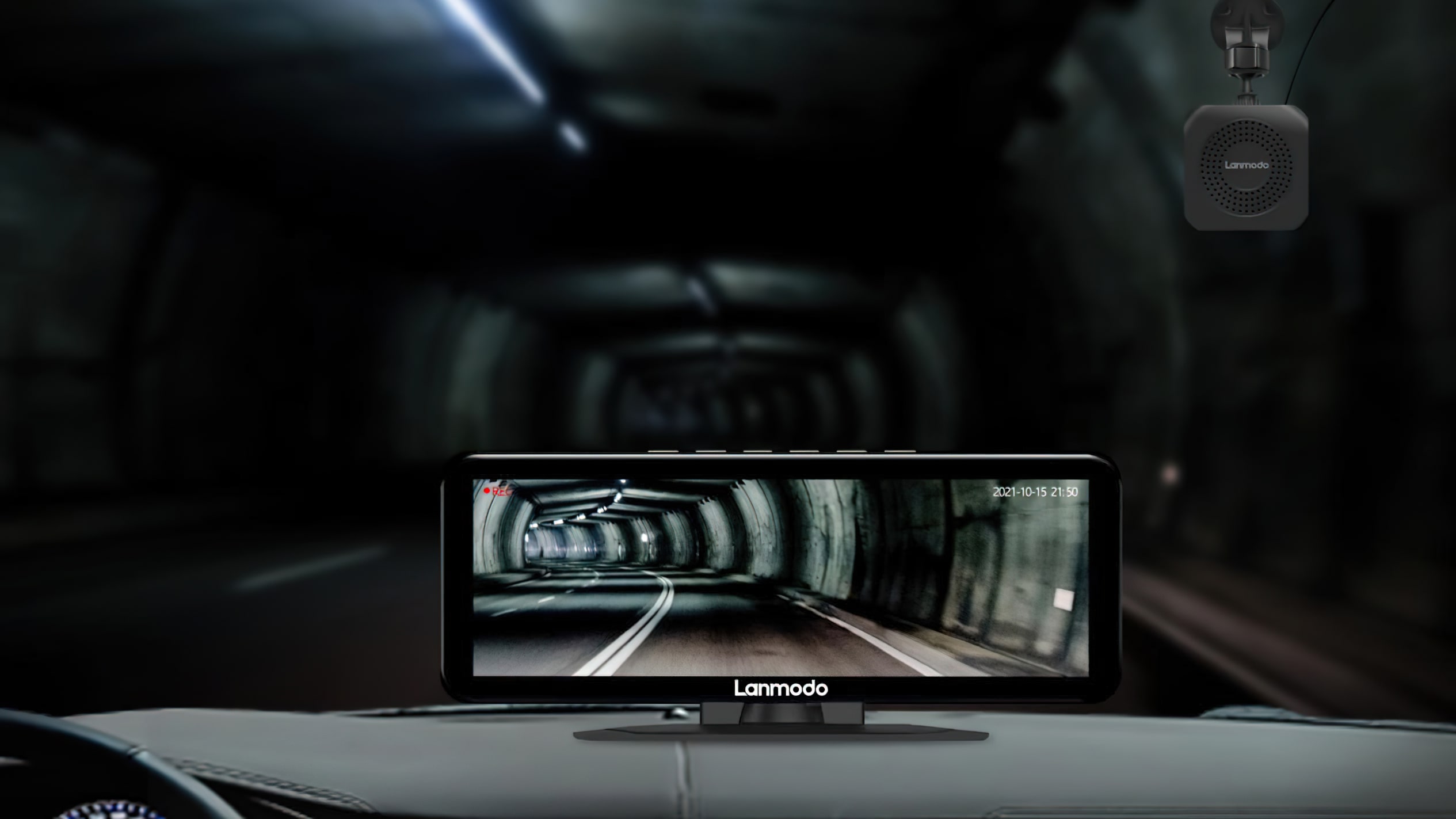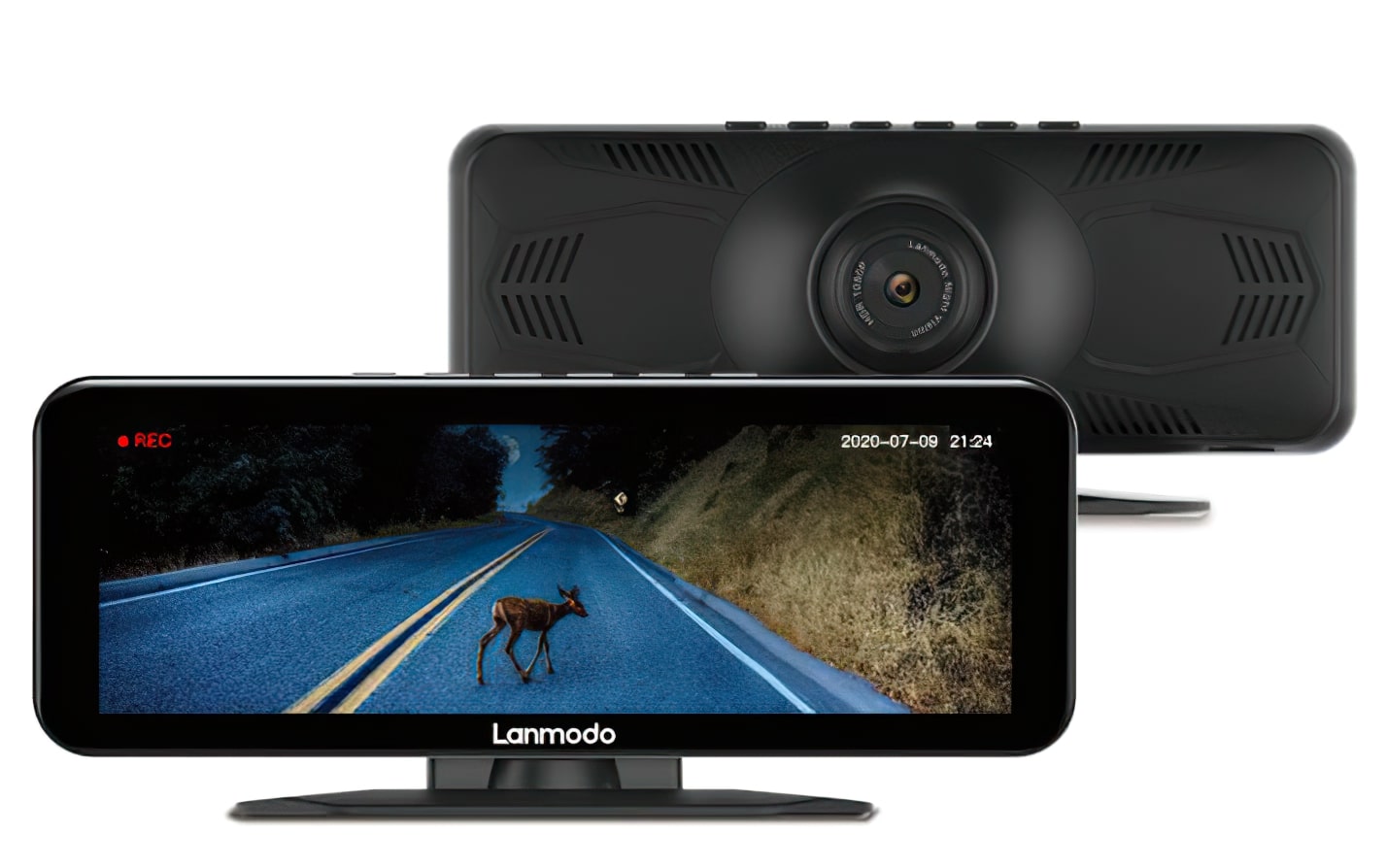The phrase “mid-range gaming laptop” usually appears a bit foolish, contemplating that even this tier – in idea essentially the most smart one – continues to be occupied by mad, distressingly angular notebooks costing as a lot or extra as a 4K-ready desktop. That stated, there’s actually a niche price aiming for between cumbersome, plasticky entry-level fashions and the swish however much more punishingly costly high-end.
This is the place Asus’ first-gen ROG Strix Scar Edition and ROG Strix Hero Edition reside, and now Computex has revealed their replacements within the type of the ROG Strix Scar II and the ROG Strix Hero II.
Once once more, these are distinct but comparable machines – as an example, you will have the identical alternative of a both hexa-core Intel Core i7-8750H or quad-core Intel Core i5-8300H on each. Graphics energy is unchanged from the previous fashions, with the Hero II supporting as much as an Nvidia GeForce GTX 1060 and the Scar II as much as an Nvidia GeForce GTX 1070, and as soon as once more their respective style focuses are represented by highlighted keys: QWER on the MOBA-minded Hero II, and WASD on the FPS-friendly Scar II.
They additionally broadly feel and look the identical, with clean, spacious trackpads and vigorous chiclet keys, and whereas they’re lighter than their predecessors – each right down to 2.4kg, from the Hero Edition’s 2.5kg and the Scar Edition’s 2.6kg – there’s hardly an enormous distinction when taking part in at a desk.
What’s new, then? For starters there’s the quad-antenna Wi-Fi, which – credit score the place it’s due – is current within the lower-spec Hero II in addition to the Scar II. This will supposedly assist make your connection extra dependable, nevertheless it’s the 30% vary enchancment that sounds most helpful. Wi-Fi outages are not often the receivers’ fault, and a laptop computer is supposed to be moveable – extra vary equals extra portability, even when I’ve personally by no means booted up Steam within the backyard.
Both laptops even have slimmer bezels spherical their respective shows, which contribute to narrower, much less chunky designs and presumably that gentle weight reduction. At 15.6in, 144Hz and 1920×1080, the Scar II’s show merely matches that of the unique Scar Edition, however the Hero II receives a meatier improve, leaping from 120Hz to hit 144Hz as nicely.
Although I solely had the possibility to really play video games on the Scar II, moderately than watch movies and potter in regards to the desktop (for which a Hero II was accessible), it’s protected to say each are utilizing the identical panel, and preliminary impressions level to it being ’un. The course of of getting my posterior handed to me in Counter-Strike: Global Offensive regarded as clean and sharp as it will have on my desktop setup again house, and 1920×1080 doesn’t really feel like too low a decision; you get diminished returns from increased resolutions on smaller screens anyway, and these would additionally impression body charges to the purpose the place you won’t profit from a 144Hz refresh fee in any respect.
Colour steadiness appeared wonderful on each laptops, and since they use IPS panels, viewing angles have been good and vast, too. Brightness is usually a weak point of gaming notebooks, and it was laborious to evaluate in Asus’s darkish sales space how the Scar II and Hero II may stand as much as the solar’s vengeful rays and/or an overhead lamp. So far, although, they’re fairly spectacular in movement.
Performance clever, CS:GO was usually hitting between 160fps and 200fps on the GTX 1070-equipped Scar II with maxed out graphics settings. Unsurprisingly, that’s nowhere close to what you’d get from a desktop-grade GTX 1070 and equal Core i7, however these are some very massive numbers regardless, and greater than sufficient to fill out that top refresh fee. Valve’s shooter is a comparatively easygoing FPS on the technical aspect, although, so how nicely the Scar II can deal with video games like Plunkbat and Far Cry 5 stays to be seen.
At least controlling them can be no trouble, because the keyboard – which features a ten-key pad and 4 devoted media keys – works simply wonderful. Travel depth is respectable at 1.8mm, they usually bounce again after every press with satisfying velocity. The overwhelming majority have a mild concave curve, too, which helps with consolation. And, whereas it’s a disgrace every laptop computer’s respective highlighted keys don’t have a special texture as nicely, you can also make them stand out much more with one of many myriad of backlighting choices. Like half the stuff at Computex, it’s RGB, with the keyboard break up into 4 customisable zones.
Connectivity seems unchanged from the Scar Edition and Hero Edition, save for that new set of antennae. Not that these older laptops have been missing: Asus has correctly break up the USB ports between three full-size connectors and one Type-C, and there’s nonetheless an Ethernet jack in the event you choose the soundness of a wired connection. There’s additionally a alternative of full-size HDMI and mini DisplayPort video outputs, in case shopping for a gaming laptop computer hasn’t evaporated your financial savings to the extent you could nonetheless afford a fair bigger 144Hz-plus monitor.
Indeed, each of those can be fairly the funding. Specific UK pricing (and a launch date) is MIA, however judging by US pricing of $1999 for the Scar II and $1699 for the Hero II, you’ll be able to in all probability count on one thing across the £1500 and £1200 mark for the bottom spec of every laptop computer. That will naturally leap upwards if you would like the i7 chips and better SSD capacities, which themselves scale as much as 512GB.
For that sort of cash, I don’t really feel unhealthy performing some nitpicking. These laptops have completely slipped into the ROG model’s ‘TRUE GAMERRR’ behavior of over-designing in locations, notably on the Scar II; no laptop computer wants, deserves and even remotely advantages from camo patterning. That house bar additionally appears to be like like its designer’s elbow fell off the desk as they have been drawing the underside edge.
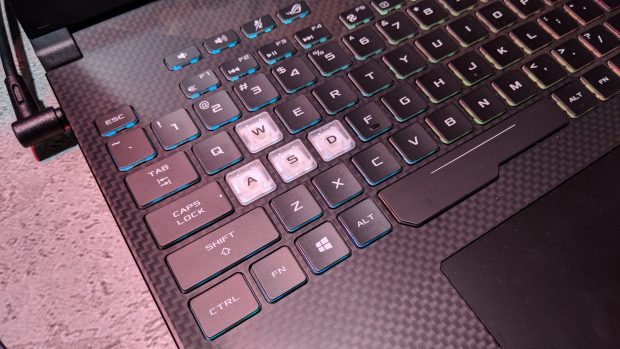
The Scar II’s house bar (above) is simply as unhealthy because the one on the Hero II, to be trustworthy…
Likewise, and this may very well be thought of unfair given the value distinction, neither of those units are thrilling in the way in which that correctly slim, mild gaming laptops just like the Gigabyte Aero 15 or Asus’s personal ROG Zephyrus have been after they first launched. The Scar II and Hero II appear well-built with good internals, however they’re nonetheless considerably chunky and heavy – not precisely visions of the long run.
I believe it’ll all come right down to ultimate pricing; even a conservative laptop computer could be a good purchase if the value is correct. The Hero II appears notably price listening to, as bonafide mid-rangers with 144Hz shows aren’t all that frequent.
